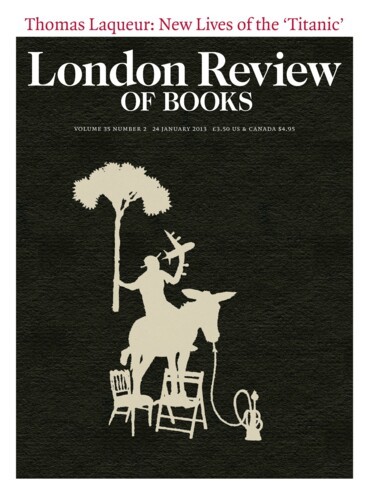At Dulwich Picture Gallery: ‘A Crisis of Brilliance’
Eleanor Birne, 12 September 2013
When she arrived at the Slade, in 1910, Dora Carrington looked quite conventional. But she soon hacked off her long hair into an androgynous bob. Her sophisticated friends Barbara Hiles and Dorothy Brett went bobbed too and the three became known as the ‘Slade cropheads’. They wore baggy smock dresses modelled on Augustus John’s gypsy drawings and found themselves written...




